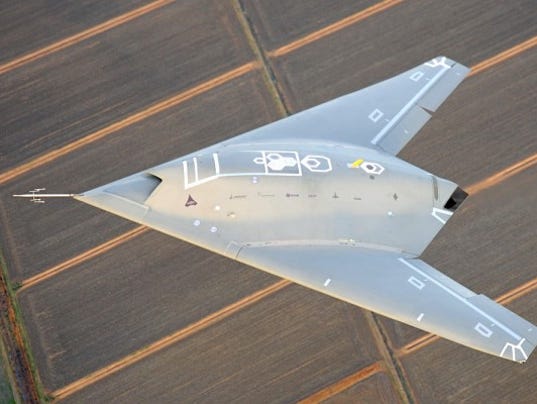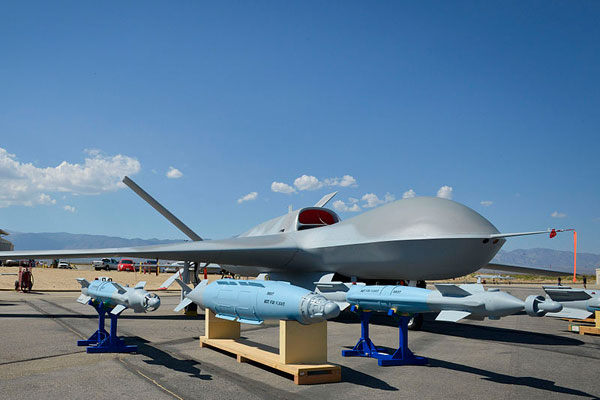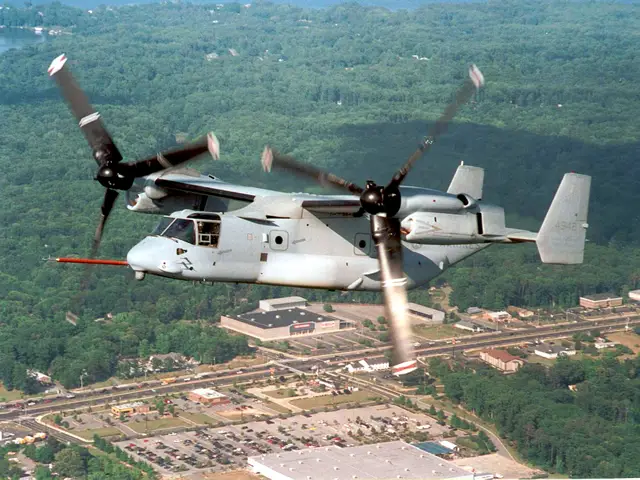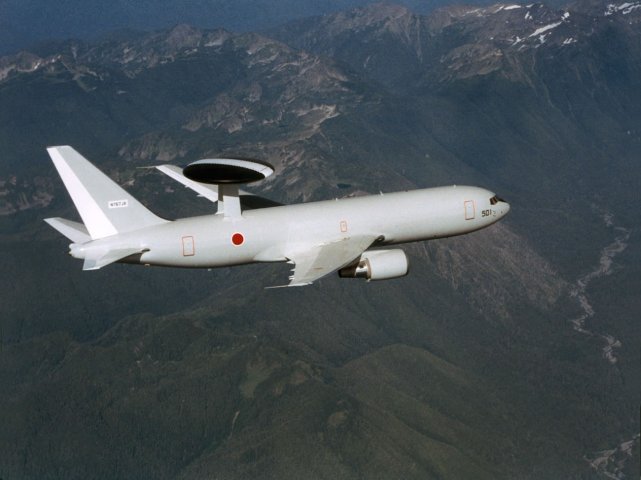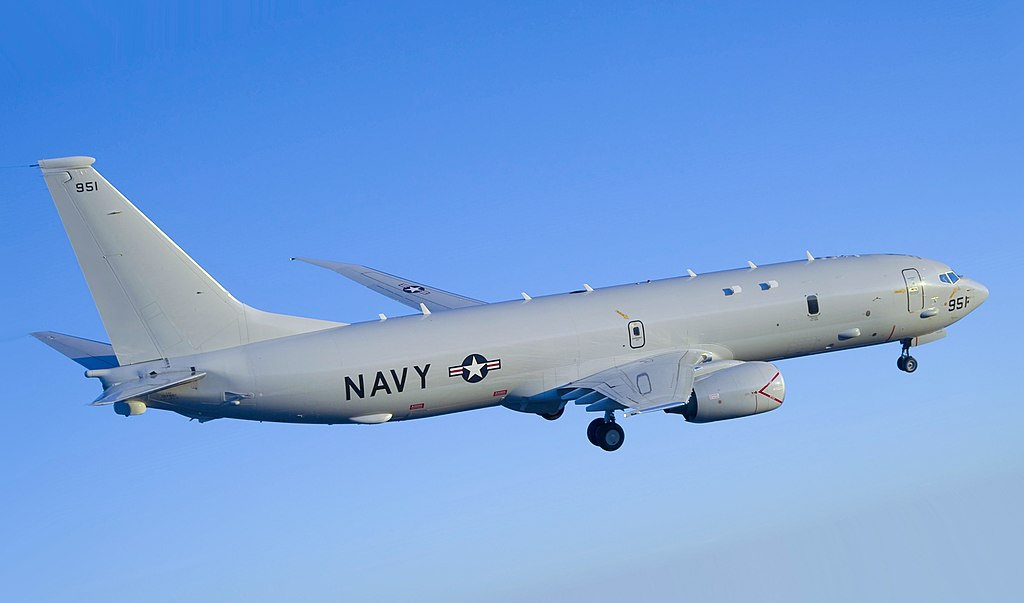Cassidian, an EADS company (now Airbus Defence and Space) presents its TANAN 300 new-generation compact VTOL Tactical UAS (Vertical Take-Off and Landing Tactical Unmanned Aerial System) for wide range of missions including surveillance, reconnaissance, search-and-rescue (SAR), target acquisition, anti-smuggling, harbour protection, border patrol, anti-piracy, and convoy and VIP protection. It can also be deployed for monitoring image and communications intelligence systems, critical infrastructure and illegal traffic.
Showing posts with label AIR FORCE. Show all posts
Showing posts with label AIR FORCE. Show all posts
Here goes the code of the element you want to show
nEUROn Unmanned Combat Air Vehicle (UCAV) Demonstrator, France
Kamov Ka-175 - UAV Helicopter,Russia
General Atomics Avenger (Predator C) Unmanned Aircraft System (UAS), United States of America
Tupolev Tu-300 Korsun-U / Rejs-F Tactical Assault-reconnaissance unmanned aerial vehicle,Russia
Sokol / Tranzas Altius-M ( Altair ) reconnaissance unmanned aerial vehicle,Russia
Guizhou WZ-2000 (WuZhen-2000 / WZ-9) - Unmanned Combat Air Vehicle (UCAV), China
Guizhou Sparrow Hawk II - Unmanned Aerial Vehicle (UAV), China
Its design shape no doubt inspired by the successful American General Atomics "Predator" Unmanned Aerial Vehicle (UAV) line, the Chinese Sparrow Hawk II is an in-development air system intended for the surveillance, reconnaissance and intelligence-gathering role. Its payload consists of optical systems and sensors for the roles at hand while power is served through a single engine driving a three-bladed propeller assembly in a "pusher" configuration.
Chengdu Pterodactyl I (Wing Loong) - Medium-Altitude, Long-Endurance (MALE) UAV / UCAV, China
CASIC WJ-600 - Unmanned Combat Air Vehicle (UCAV),China
Boeing X-45 - Unmanned Combat Air Vehicle (UCAV) Prototype, United States of America
PZL W-3 Sokół Multi-Purpose Combat Helicopter, Poland
The design of the PZL W-3 Sokol combat helicopter was based on the inputs from the Polish Air Brigade's combat operations in Iraq.
Mil Mi-24 Hind Assault and Attack Helicopter,Russia
The Mil Mi-24 (Russian: Миль Ми-24; NATO reporting name: Hind) is a large helicopter gunship, attack helicopter and low-capacity troop transport with room for eight passengers. It is produced by Mil Moscow Helicopter Plant and has been operated since 1972 by the Soviet Air Force and its successors, along with more than 30 other nations.
Soviet pilots called the Mi-24 the "flying tank" (летающий танк; letayushchiy tank), a term used historically with the famous World War II Soviet Il-2 Shturmovik armored ground attack aircraft.
Bell Boeing V-22 Osprey Tilt-Rotor Aircraft, United States of America
The Bell Boeing V-22 Osprey is an American multi-mission, tiltrotor military aircraft with both a vertical takeoff and landing (VTOL), and short takeoff and landing (STOL) capability. It is designed to combine the functionality of a conventional helicopter with the long-range, high-speed cruise performance of a turboprop aircraft.
The V-22 Osprey developed by Boeing and Bell Helicopters. Boeing is responsible for the fuselage, landing gear, avionics, electrical and hydraulic systems, performance and flying qualities.
Boeing 767 AWACS Airborne Warning and Control Aircraft, Japan
The Boeing 767 is an Airborne Warning and Control System (AWACS) aircraft. It was designed in response to the Japan Air Self-Defense Force's requirements, and is essentially the Boeing E-3 Sentry's surveillance radar and air control system installed on a Boeing 767-200. The Boeing 767 AWACS airborne warning and control system has been selected by Japan to carry out airborne surveillance and command and control (C2) operations for tactical and air defence forces.
Ilyushin Il-38 Maritime Patrol / ASW Aircraft, Russia
The Ilyushin Il-38 "Dolphin" (NATO reporting name: May) is a maritime patrol aircraft and anti-submarine warfare aircraft designed by the Russia-based Ilyushin Aviation Complex. Derived from the Ilyushin Il-18 turboprop transport aircraft, the Il-38 can be deployed in surveillance, search and rescue, maritime reconnaissance and anti-submarine warfare operations.
P-8A Poseidon Maritime Surveillance Aircraft, United States of America
The Boeing P-8 Poseidon (formerly the Multimission Maritime Aircraft or MMA) is a military aircraft developed for the United States Navy (USN). The aircraft has been developed by Boeing Defense, Space & Security, modified from the 737-800ERX.
The P-8A Poseidon is an aircraft designed for long-range anti-submarine warfare; anti-surface warfare; and intelligence, surveillance and reconnaissance missions.
McDonnell Douglas AV-8B Harrier II Fighter and Attack Aircraft, United States of America
The McDonnell Douglas (now Boeing) AV-8B Harrier II, manufactured by BAE SYSTEMS and Boeing, is a single-engine ground-attack aircraft that constitutes the second generation of the Harrier Jump Jet family. Capable of vertical or short takeoff and landing (V/STOL), the aircraft was designed in the late 1970s as an Anglo-American development of the British Hawker Siddeley Harrier, the first operational V/STOL aircraft.
McDonnell Douglas F-15 Eagle Air Superiority Fighter,United States of America
The McDonnell Douglas F-15 Eagle is an American Mach 2.5-class twin-engine fighter, all-weather tactical fighter aircraft designed by McDonnell Douglas (now Boeing) to gain and maintain air supremacy in aerial combat. It is among the most successful modern fighters, with over 100 victories and no losses in aerial combat, with the majority of the kills scored by the Israeli Air Force.
Forseeing the need to replace its fleet of F-4 Phantoms, the US Air Force issued the FX requirement for a long-range air superiority fighter in 1965.
Subscribe to:
Comments (Atom)

